
In the Canary archipelago there is a great diversity of plants that make the islands as beautiful as they appear in the photos, and even more. And the fact is that the climate they enjoy means that the most unique species can exist, so much so that more than one is used to beautify the gardens of the warm and temperate regions of the world.
Do you want to know the 10 most popular Canarian plants?
Acebino
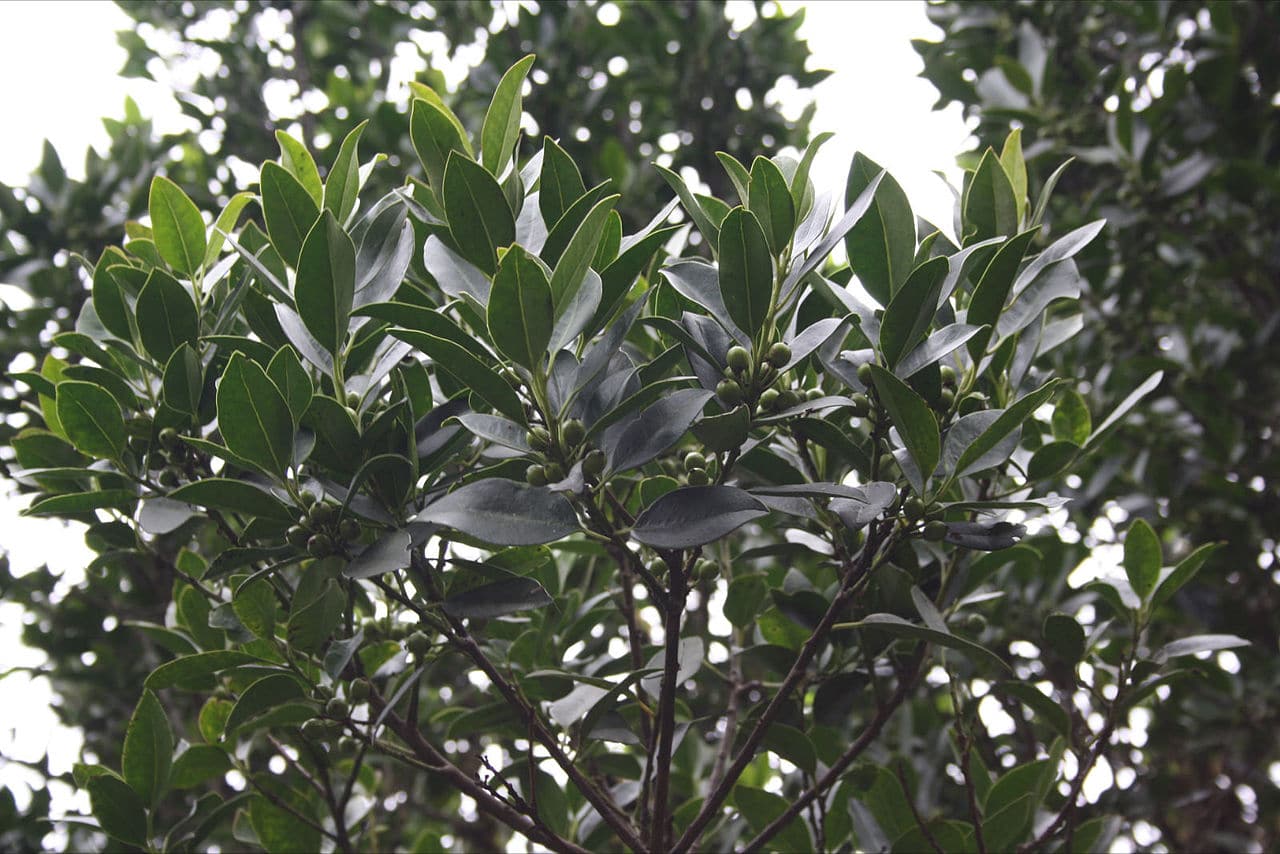
Image - Wikimedia / Cowyda
El Ilex canariensis It is an evergreen tree native to the Canary Islands. It grows up to 10 meters in height, and its leaves are ovate or oval-lanceolate, and are shiny green.
It lives well in both full sun and semi-shade, in fertile, well-drained soils. Withstands frosts down to -1ºC.
* Canarian wild olive

Image - Wikimedia / Julius Senegal
El Olea cerasiformis it is an evergreen tree endemic to the Canary Islands. Reaches 12 meters in height, but it is more common to find it as a 4-5 meter shrub. The leaves are linear-lanceolate, with a dark green upper surface and a pale underside.
It lives in full sun, and it needs the earth to be able to drain water well. It can withstand weak frosts.
* The common name is acebuche; however, I also wanted to put 'canary' to differentiate it from the Mediterranean wild olive, whose scientific name is Olea europaea var. sylvestris.
Wild artichoke
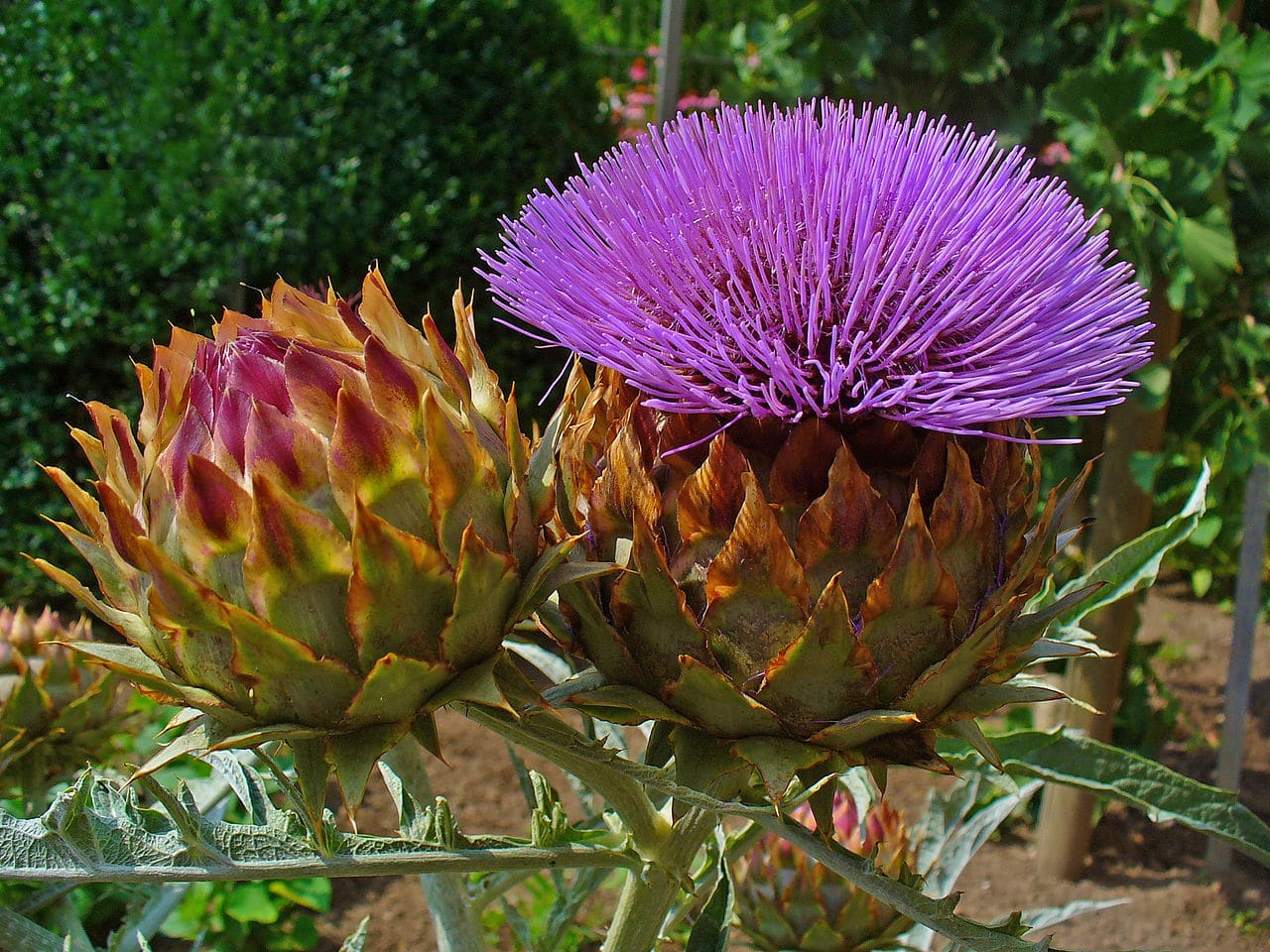
Image - Wikimedia / H. Zell
La Cynara cardunculus is a native herb of the Canary Islands, characterized by developing thorny leaves and by grow between 25 and 125 centimeters tall. The flowers are very showy, as they are grouped in blue or lilac inflorescences.
Because of its thorns, it is not a very loved plant in gardens, but if you dare to plant it, you should put it in a sunny area where the soil is porous.
bejeque
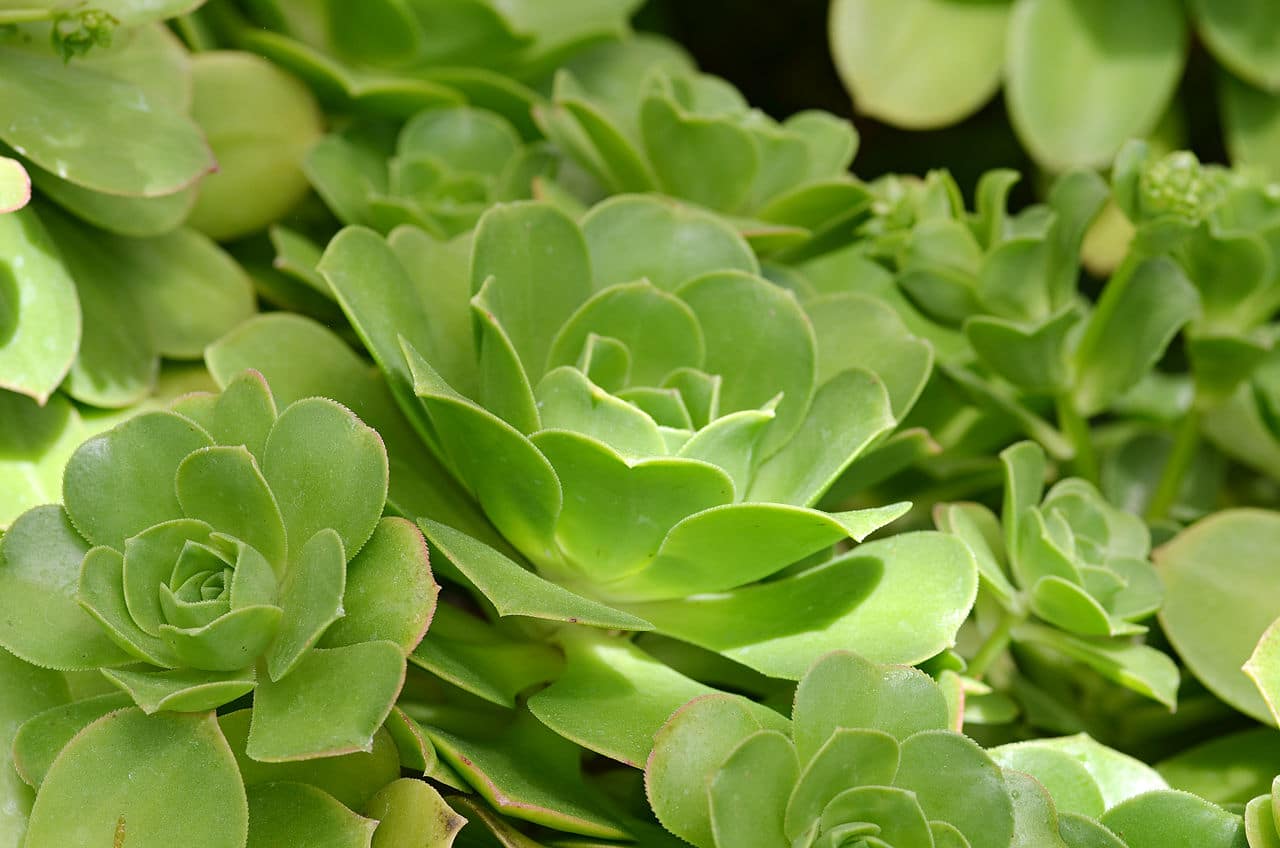
Image - Wikimedia / H. Zell
El canarian aeonium It is a non-cactus succulent plant endemic to the Canary Islands, where it grows especially on La Gomera. It develops a single thick and short stem, with few or no branches of about 30-35 centimeters in height. The leaves form compact rosettes with a diameter of about 45 centimeters.
It grows in full sun, in porous and light soils. You can also do it on stony soils if you have some land where you can root. It withstands drought, but appreciates being watered from time to time during the summer. As for the cold, it resists very weak and specific frosts.
Canary Cardon
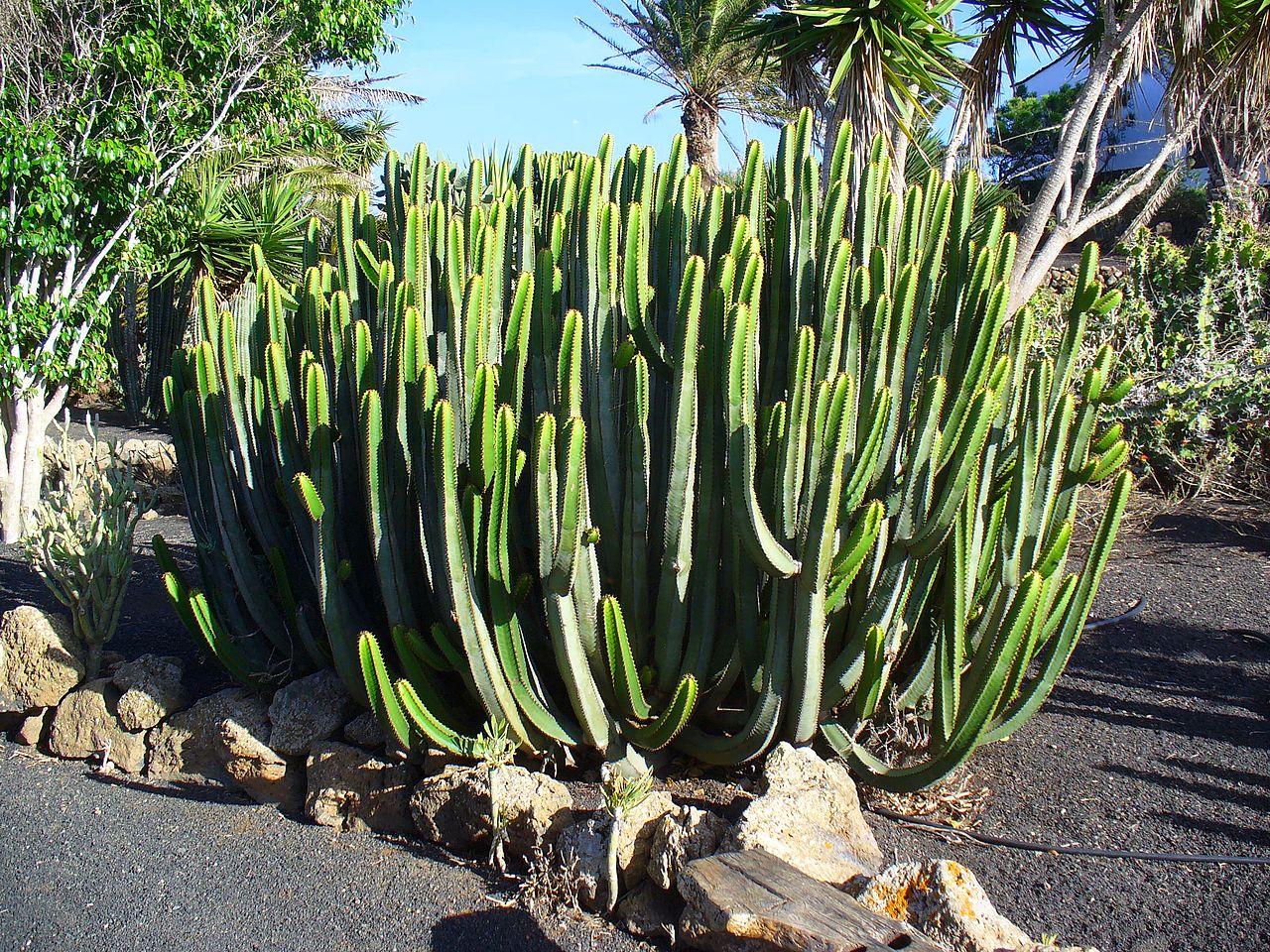
Image - Wikimedia / H. Zell
La Euphorbia canariensis it is a succulent shrub endemic to the Canary Islands, where it is a natural symbol of the island of Gran Canaria. Reaches a height of 4 meters, and a bearing of up to 150 meters wide due to the fact that it develops numerous branches. Due to its large size, there are many animals and plants that live near it or even in it.
In cultivation it is a very grateful plant, the only thing it needs is sun, a soil that does not puddle and a warm climate.
Dragon
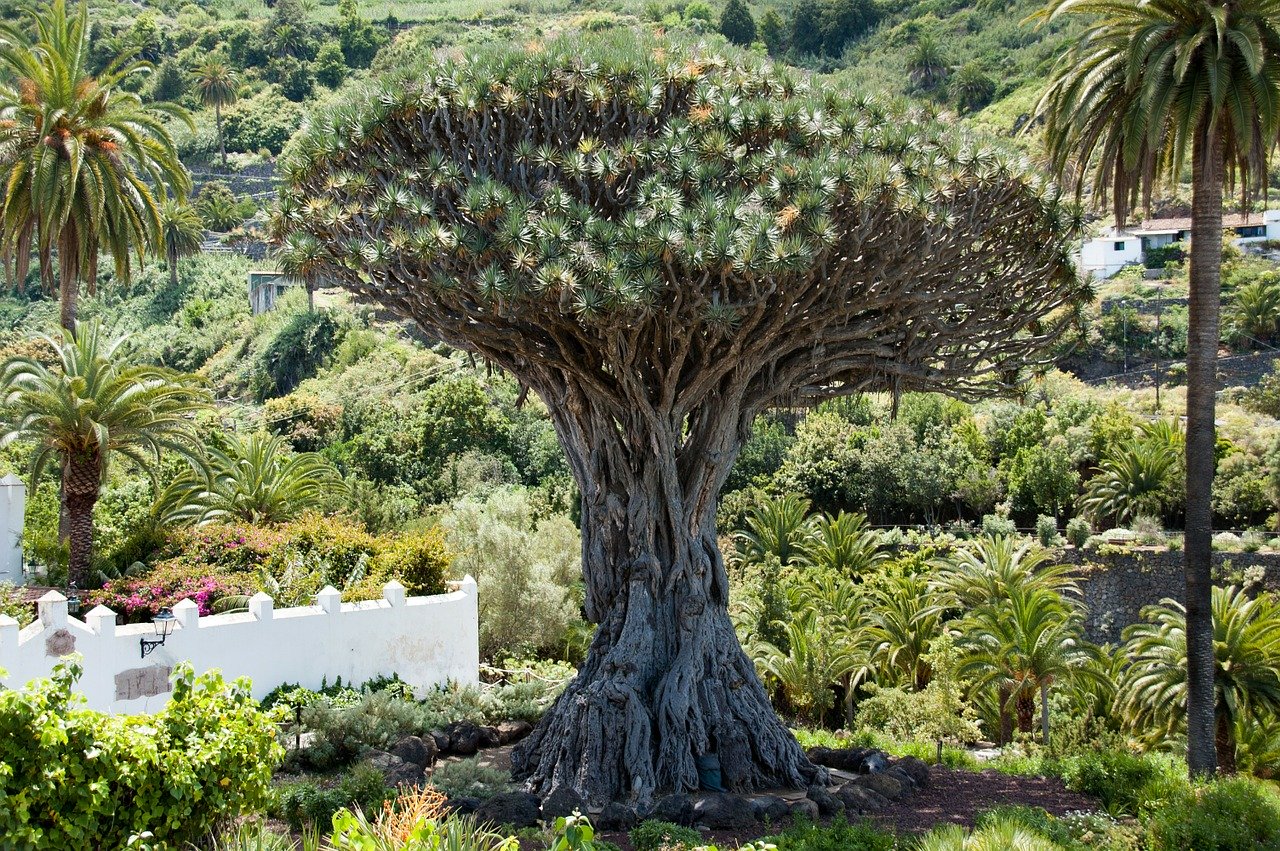
La dracaena draco It is an evergreen tree native to the Canary Islands, where it was declared a natural symbol of Tenerife. It can exceed 12 meters in height, with a trunk that widens at its base. The leaves are leathery, grayish green to glaucous.
It grows very slowly; in fact, some say that it takes at least 10 years to grow 1 meter. However, it is very interesting to have it in a garden since it beautifies it from a very young age. Of course, you have to put it in the sun and water it very occasionally. Resists up to -7ºC.
Canarian palm tree
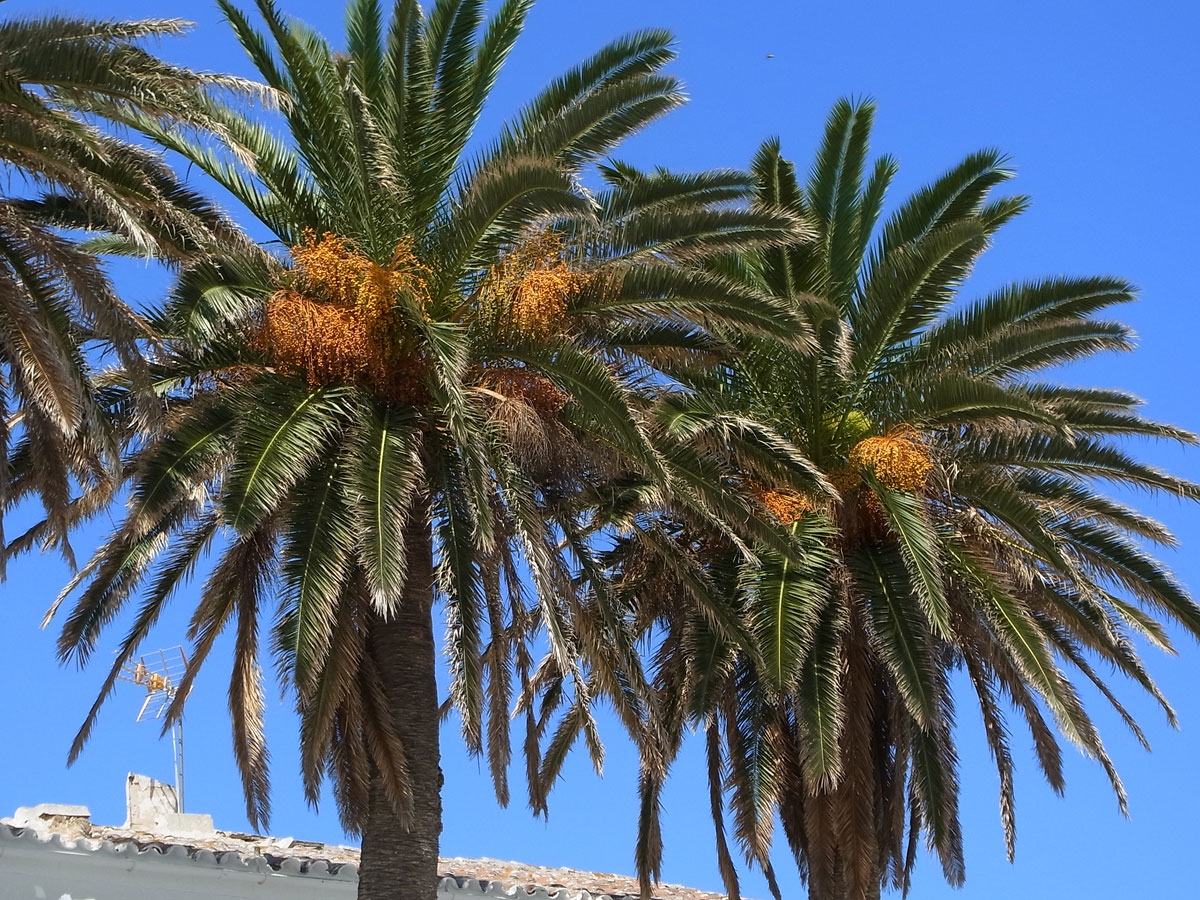
Image - Wikimedia / Donkey shot
La Phoenix canariensis It is endemic to the Canary Islands, and its natural symbol according to a law of the Government of the archipelago. It has a magnificent thick trunk, from which pinnate leaves grow up to 7 meters in length. Its total height is 10-13 meters.
It wants sun, and requires moderate watering. Withstands frosts down to -7ºC.
Canary pine
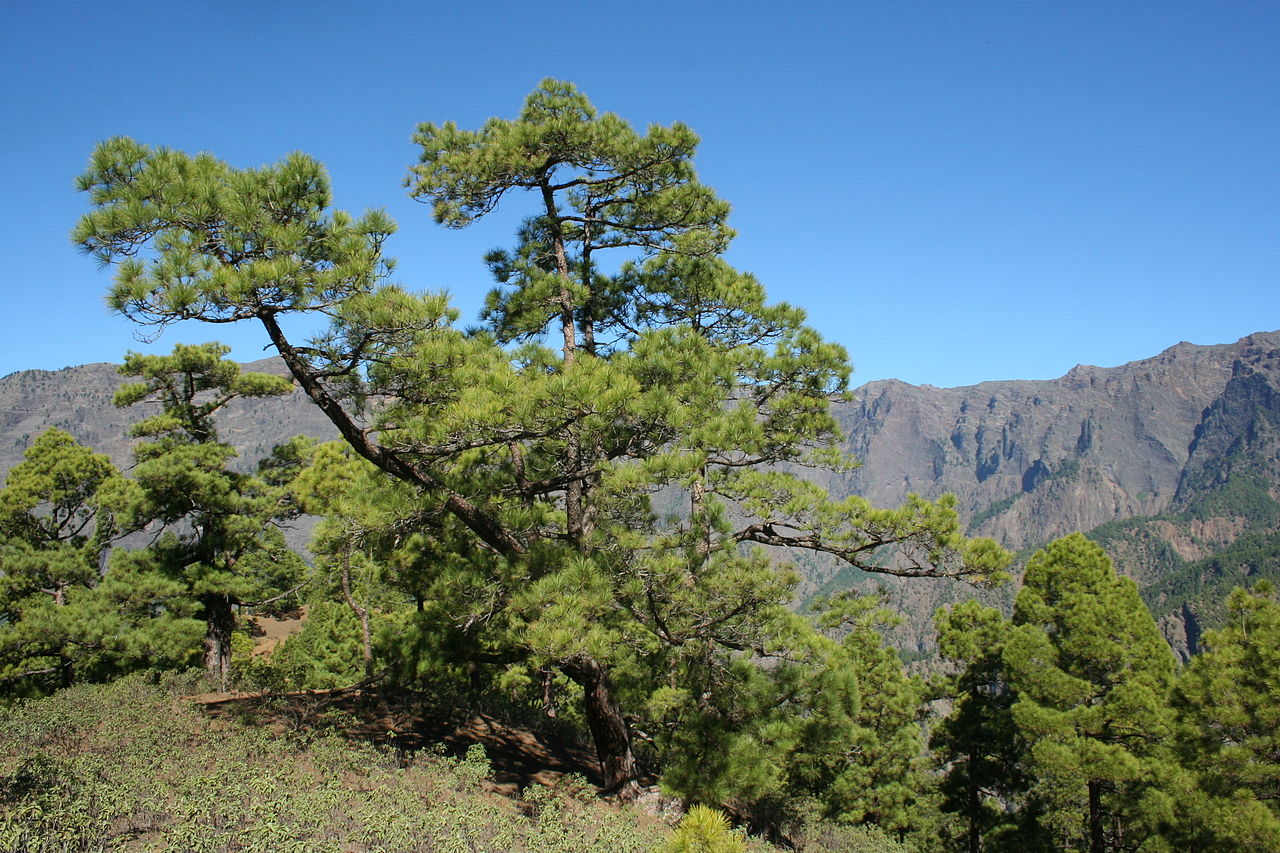
Image - Wikimedia / Victor R. Ruiz from Arinaga, Canary Islands, Spain
El Pinus canariensis it is an endemic conifer of the Canary archipelago, and a natural symbol of La Palma. Their height once they reach adulthood can be greater than 40 meters, although the most common is that it does not exceed 25 meters. Its leaves are green and acicular.
It is drought tolerant, but it is recommended to water occasionally during the driest time of the year. Resists up to -12ºC.
Red tajinaste

Image - Wikimedia / Hnsjrgnweis
El Echium wildpretii It is a plant that lives for two years (it is biennial), endemic to the Island of La Palma. During the first year it produces a rosette of leaves of up to 30-40 centimeters, and the second year develops a magnificent inflorescence whose height is 1 to 3 meters, composed of numerous red flowers.
It is a plant that grows in sunny areas and in soils with excellent drainage, which also resists cold and weak frosts.
Verrode
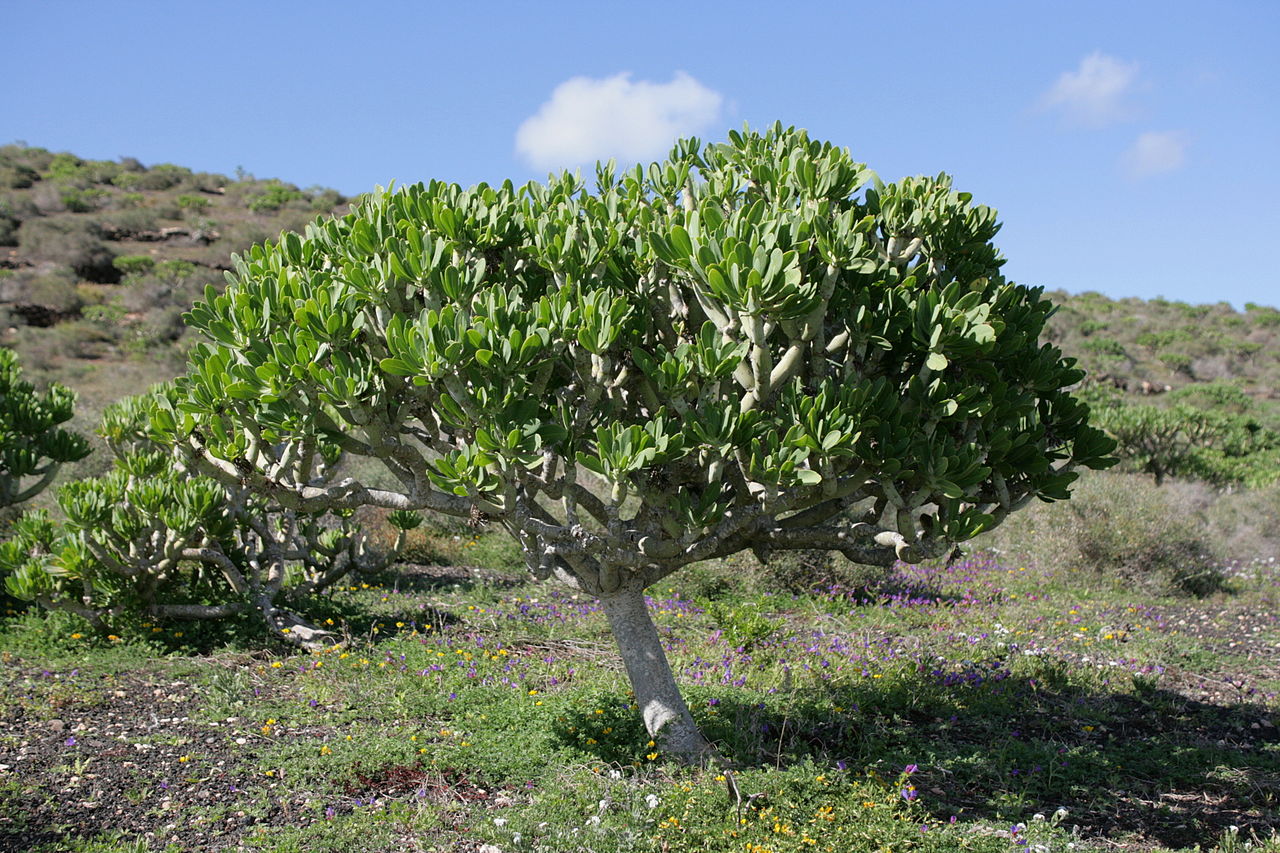
Image - Wikimedia / Frank Vincentz
La Klenia neriifolia (before senecio kleinia) is a deciduous shrub endemic to the Canary Islands. It has the bearing of a small tree, with a somewhat twisted trunk with a crown that branches to a little less than half its total height, which is 1 meters in adulthood. Its leaves are lanceolate and thick, and they fall in the dry season.
From my own experience, I can tell you that it is a plant that could almost be said to take care of itself if it is kept in the ground. It resists drought and weak frosts (up to -1,5ºC).
Which of these Canarian plants did you like the most?